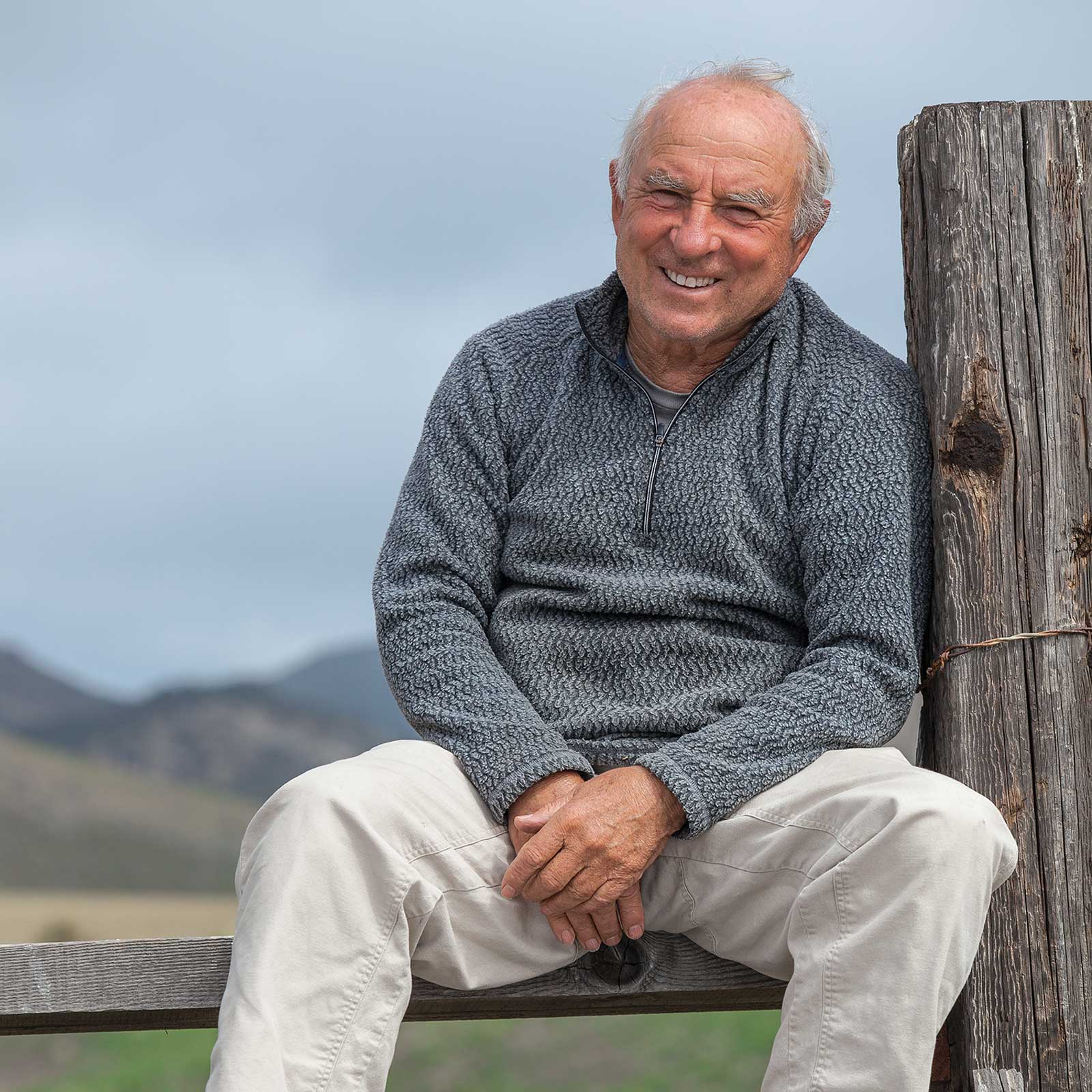You can lead an American to a nutritious breakfast, but you canÔÇÖt make them╠řeat it, especially when it isnÔÇÖt filled with sugar.
ThatÔÇÖs one thing the folks at have learned in the five years since launching╠řa sustainable food business. The company╠řstarted off with salmon╠řand has been slowly introducing other products, including organic breakfast cereals, which contain╠řno sweeteners beyond dried fruit. ÔÇťWe believe itÔÇÖs not OK╠řto put eight teaspoons of sugar into breakfast cereal,ÔÇŁ says Birgit Cameron, managing director for the brand. ÔÇťItÔÇÖs a harder sell because the market is set up for that expectation. We want people to decide how much sugar they want and be able to add it themselves.ÔÇŁ
But the companyÔÇÖs steepest climb is how to reshape a food system that incentivizes traditional commodity large-scale crops over smaller-scale, more sustainable farming methods. While an American consumer may buy two pairs of pants a year, they eat three (or more) times a day, every single day. ÔÇťThe food industry is one of the biggest on earth and a massive contributor to global warming,ÔÇŁ says╠řYvon Chouinard, PatagoniaÔÇÖs founder. ÔÇťMost of the worldÔÇÖs food is produced using methods that reduce biodiversity, decimate soil, and contribute to climate change.ÔÇŁ
Environmental experts estimate that food production is responsible for over 30 percent of global greenhouse gases. Meanwhile, large-scale farming uses about 70 percent of our water, not to mention the fertilizer that runs off into and pollutes rivers.╠řÔÇťWe need a revolution to save our home planet, and the only one we are likely to have will be through agriculture,ÔÇŁ Chouinard says. ÔÇťThrough Patagonia Provisions, I want to start that revolution.ÔÇŁ
While the company wonÔÇÖt reveal ProvisionsÔÇÖ╠řsales numbers, it isnÔÇÖt╠řexactly taking over your grocery store yet. But the company╠řcontinues to introduce new small-batch specialty foods and work with sustainable producers.╠řFor example, take the companyÔÇÖs beer, . ItÔÇÖs brewed using Kernza, a native grain that helps fight erosion and regenerates the soil. Another example is its new Savory Seeds, which are grown as cover crops, a technique in organic agriculture where you add nutrients to the soil while staving off erosion via planting specific grains and seeds in the off-season.
ÔÇťWe need a revolution to save our home planet, and the only one we are likely to have will be through agriculture,ÔÇŁ says Patagonia founder Yvon╠řChouinard.
Patagonia Provisions is further improving╠řits standards by╠řunveiling a new criteria for its products called (ROC).╠řThis standard must meet all the traditional organic criteria, but any product that bears its label must also restore soil health and possibly help sequester carbon. ÔÇťEating organically just causes less harm,╠řbut it doesnÔÇÖt do much good other than that,ÔÇŁ says Chouinard. ÔÇťHowever, if you grow something regeneratively, and combine that with organic practices, you are now making more nutritious food that tastes better while growing topsoil and capturing carbon. This way of farming is a win-win-win.ÔÇŁ The certification is a collaboration with the . Its tagline? Farm like the world depends on it.
Some of ProvisionsÔÇÖ╠řproducts are more expensive than what you might find at your local grocery store. (The look on my husbandÔÇÖs face when he realized that the mussels he gulped in one bite cost eight dollars╠řwas priceless.) But think about it another way: ItÔÇÖs not because these products are actually expensive. ItÔÇÖs because most large-scale, commercial agricultural products (like corn and soybeans, grown in massive monocultures) are too cheap. ÔÇťThe real cost-of-food dialogue has to come into play here,ÔÇŁ Cameron says. ÔÇť,╠řż▒▓§╠řsubsidizing the wrong things, so corn and soy get subsidies but theyÔÇÖre not the best for the land or our bodies.ÔÇŁ
Transitioning to sustainable farming practices can be expensive. I know firsthand. In June, my husband and I purchased a 45-acre farm in Tennessee. The land had hosted a traditional cattle operation for the past two generations. Cows would graze╠řfor a few months here╠řand then were shipped to feedlots, where they were pumped full of grain and readied for slaughter. We signed our closing papers with bright ideas on how to switch to something more sustainable, like raising goats for meat. Then we found out that it would cost $20,000 to install goat-friendly fencing. Oh, and there isnÔÇÖt a processor that touches goats for miles. Not to mention that╠řfew Americans are stocking up on goat steaks.
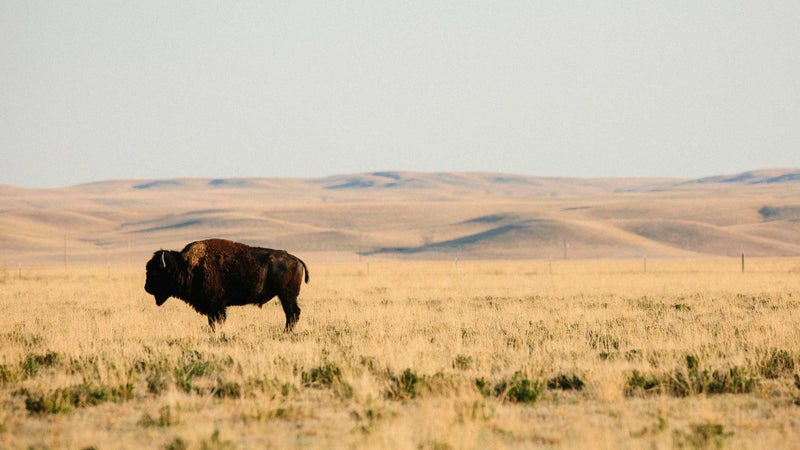
Patagonia Provisions has helped guarantee╠řa market for thoughtfully grown crops. Teaming up with the company╠řon bison jerky has allowed , a South Dakota-based, grass-fed, free-range bison operation, to grow significantly. ÔÇťWith their partnership, weÔÇÖve been able to expand our land base,ÔÇŁ says Jill OÔÇÖBrien, who runs the ranch alongside her husband. ÔÇťYou canÔÇÖt increase your herd size without increasing your land base. And from a marketing perspective, it helps us put our name out there.ÔÇŁ
The company's╠řstandards are stringent. Provisions employees spent time on Wild IdeaÔÇÖs ranch examining animal welfare, interviewing staff, and watching╠řthe start-to-finish harvest and processing of a bison.
╠řI tried every one of the 23╠řPatagonia Provisions products. Below╠řare my favorites.╠ř
So how much can Provisions╠řreally do to change the way we eat?╠řMore than you think, it╠řsays.
ÔÇťFive years ago even, the food╠řlandscape was very different,ÔÇŁ says Cameron, adding that it felt like an insurmountable task to find people to grow things like Kernza. ÔÇťThe momentum that has taken place with companies moving this direction and more people being educated around this and having this aha moment, itÔÇÖs been phenomenal.ÔÇŁ
Provisions plans to launch╠řseveral new products in the next few months, including another beer.╠řI tried every one of their 23╠řcurrent products. These are my favorites.
Long Root Ale ($8.99 for a four-pack)
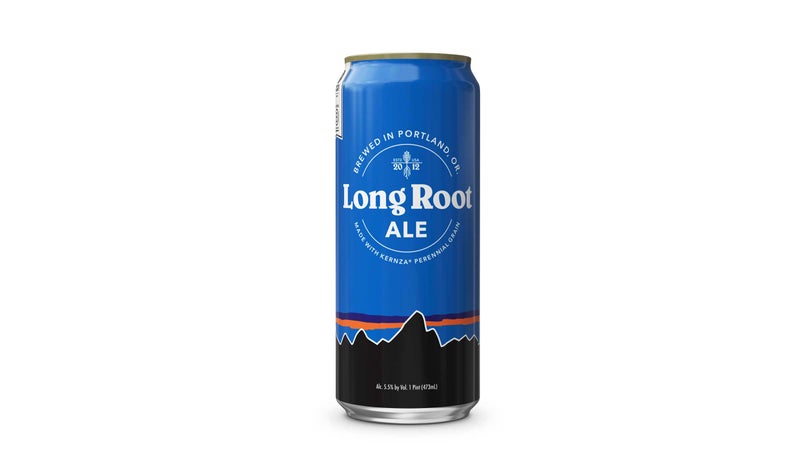
What, you thought I wasnÔÇÖt going to rank a beer in the highest spot?╠řA collaboration with ╠řin Portland, Oregon, the beerÔÇÖs name refers to Kernza, a grain that grows extremely long root systems. This helps keep soil in place, minimizing erosion and leaving fields healthier than they were before planting. is just a touch sweet, a bit nutty, and has a super clean finish.
Mussels╠ř($8 per tin)
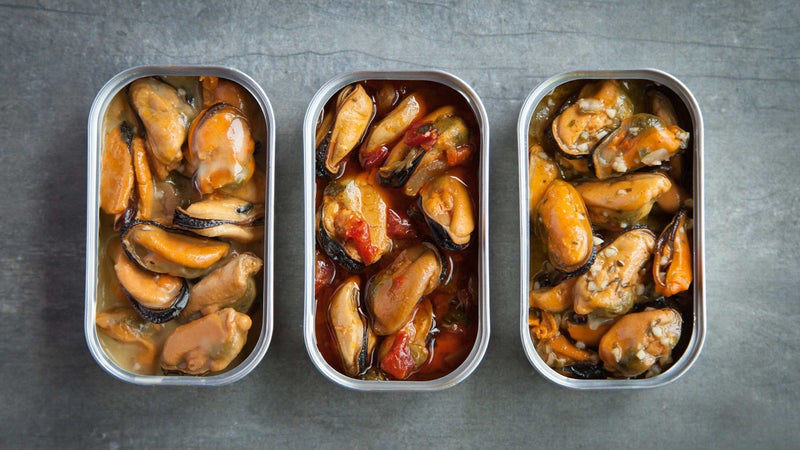
A little-known fact: Chouinard is a tinned-fish fanatic. In fact, heÔÇÖs even tried to get Patagonia Provisions to tin other ocean critters╠řlike sea snails. So far╠řthe company is sticking with mussels, which, as filter feeders, clean the ocean water theyÔÇÖre living in.╠ř (lemon herb, smoked, and savory sofrito) are a delight.
Salmon: Wild Pink ($14 for a two-pack) and Wild Sockeye╠ř($14 for a single pack)
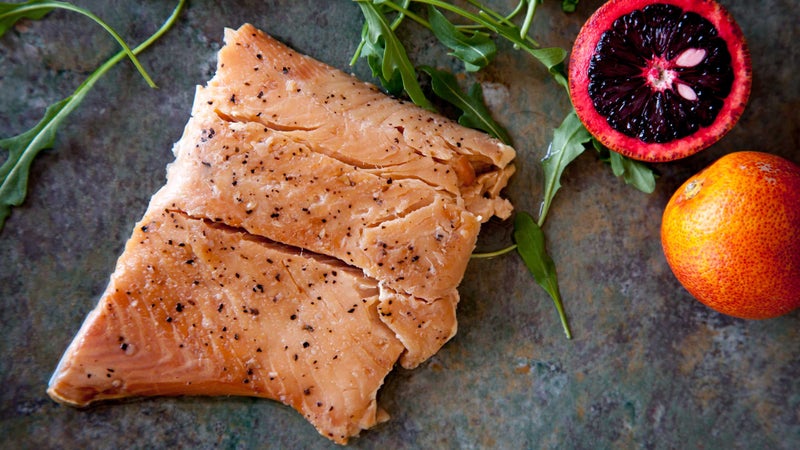
One of the companyÔÇÖs first products is still one of its best. ÔÇťThis was about making sure we have wild salmon in the future,ÔÇŁ Cameron says. The company only works with anglers who fish along specific, well-stocked migration routes. Fishing migration routes ensure that other threatened fish donÔÇÖt accidentally get hauled in alongside the salmon. IÔÇÖm partial to the black-pepper flavor, which is perfectly salty, smoky, and just fishy enough, but wouldnÔÇÖt refuse any of the companyÔÇÖs three salmon offerings.
╠ř
Organic╠řBarbecue Savory Seeds╠ř($30 for a 12-pack)
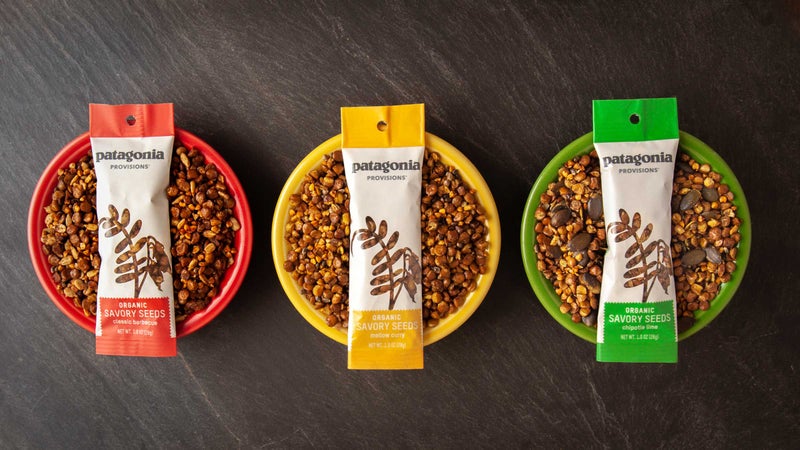
These are the in the entire line, and accordingly, I╠řwiped out a whole bag in two big gulps. But unlike most snack food, I had zero regrets afterward. Roasted lentils, sunflower, and hemp seeds, plus toasted buckwheat, are tossed with sweet-salty barbecue spices and finished with tangy lime. This is what your office needs in its vending machine for your 4 p.m. munchies.
Buffalo Jerky from Wild Idea Buffalo Ranch╠ř($10)
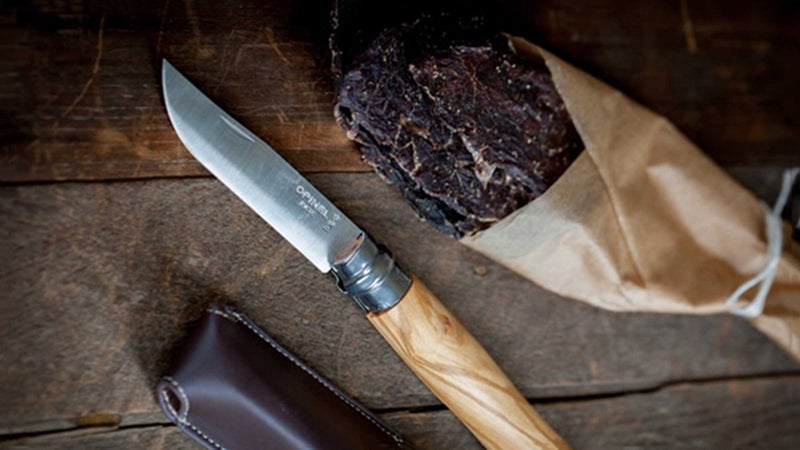
I think of jerky like I think of celery: by the time IÔÇÖm done chewing it, I must have burned every calorie it contains. Not so with . Tender and cured with a pleasant amount of salt, this is the ideal trail snack for when you cannot face one more handful of gorp.╠ř
Organic Mango + Almond Bars ($27 for a 12-pack)
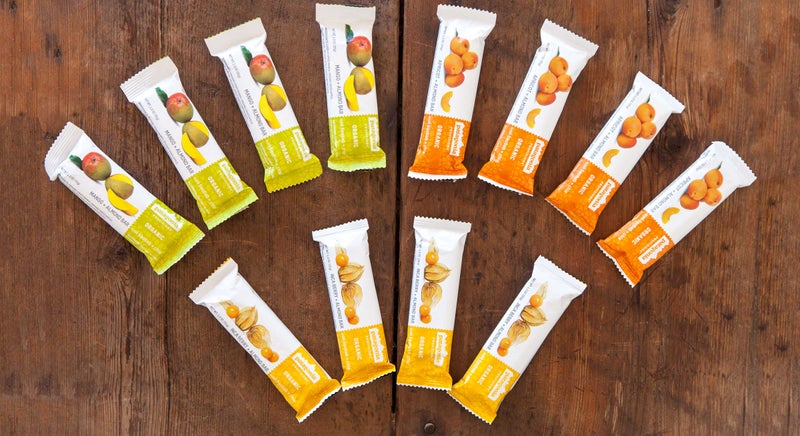
Just sweet enough to feel like a treat but not so sweet that you feel like you ate candy, ÔÇömade from almonds, mangos, chia seeds, and not much elseÔÇöare precisely what you want to find at╠řthe bottom of your purse when youÔÇÖre tottering on hangry. The apricot and Inca berry flavors are good, too, but the mango was the one I kept reaching for.
Organic Black Bean Soup and Organic Red Bean Chili╠ř($7)
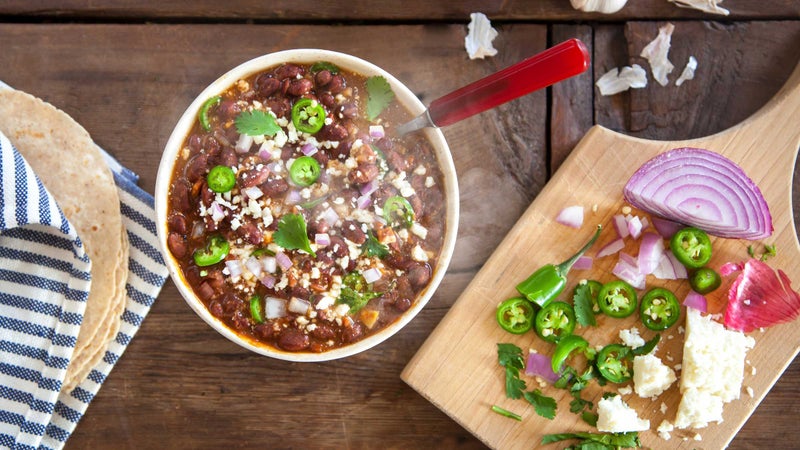
My husband eats instant ramen every day for lunch. IÔÇÖve been trying to get him to eat something, anything╠řelse, for fear heÔÇÖll pickle himself from the inside out. These just-add-water are a contender. TheyÔÇÖre better with a dash of salt and hot sauce, and maybe a squirt of lime, but theyÔÇÖre filling, , and a healthier choice than instant ramen.
Organic Creamy Banana Hot Cereal Mix╠ř($7)
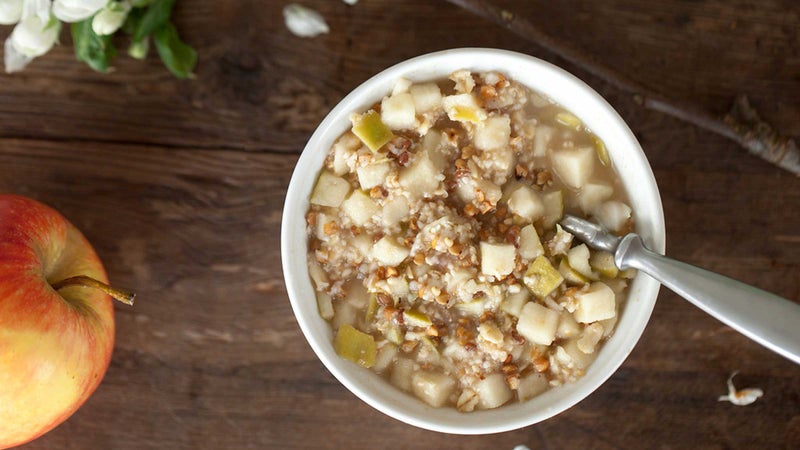
In just ten minutes you can make yourself a steaming bowl of ╠řwith a serious upgrade, thanks to a╠řmix of grains that includes╠řtoasted buckwheat kasha and cracked whole barley. However,╠řeven after being primed not to expect a mouthful of glucose, when╠řI took a bite of Patagonia ProvisionsÔÇÖ╠řorganic breakfast grains, I╠řthought, Oh geez, this needs sugar. Yes, I have been conditioned to expect╠řa sweet cereal.╠řBut you can make this as sweet as youÔÇÖd like. I swirled a tablespoon of peanut butter and a drizzle of honey into my bowl╠řand felt completely satisfied. The banana and apple were my two favorite flavors, but the raspberry was a close third place.


